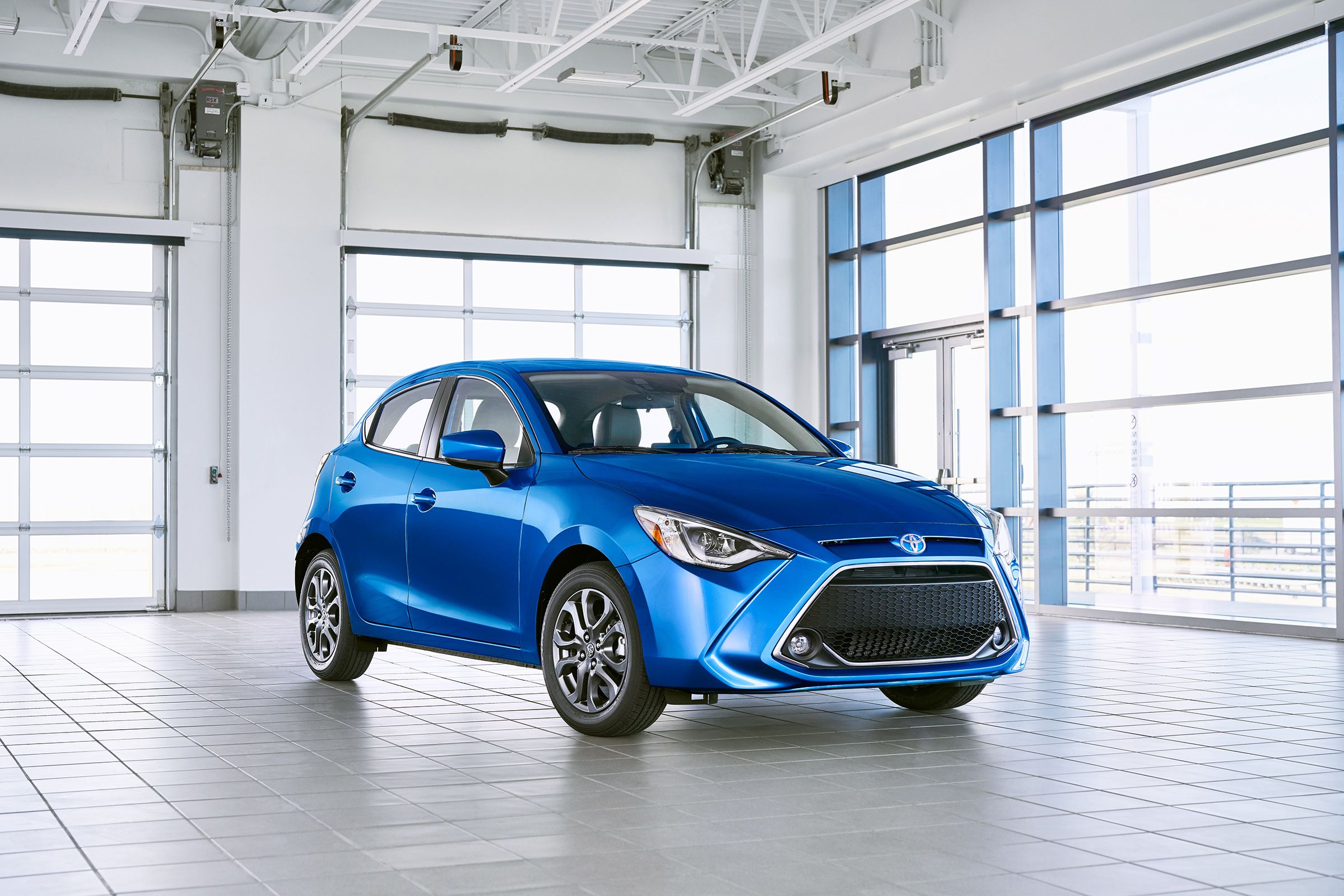
Much has been said of Mazda's forthcoming plans for hybrids, SUVs, and an all-new RWD architecture, but the brand's first true hybrid has arrived and it's nothing like what we were expecting. That's because Mazda has revealed its new Mazda2 Hybrid in Europe.
Aside from the range extender-spec MX-30, this is technically Mazda's first hybrid vehicle, and it's definitely the first self-charging powertrain technology in the Mazda range. This technology might find its way into other Mazda models we might get. We know a hybrid version of the new Mazda CX-50 will eventually be offered in the US, which may use the same technology.
The Mazda2 Hybrid is powered by a 1.5-liter three-cylinder petrol engine, working with a 59 kW electric motor. The result is a combined power output of 116 hp and a combined fuel economy of between 70.6 to 74.3 mpg.
From a standing start, the Mazda runs in EV mode. It gets power from both the engine and the electric motor during everyday driving. When the driver brakes, kinetic energy is recovered via regenerative braking and stored in a high-performance battery. So far, it's pretty standard hybrid technology.
But Mazda also adds an engine-driven generator that recharges the battery while moving. There's no need to recharge this particular hybrid from an external source, as the generator always ensures that it's fully charged.
Mazda can't claim full responsibility for this new idea, however. This new hybrid technology is the latest result of Mazda's long partnership with Toyota. The Mazda2 Hybrid will be supplied by Toyota Motor Europe but sold as a Mazda. (It's basically the eco-friendly version of the GR Yaris). Unfortunately, it won't be coming stateside.
If you're wondering why a Toyota-Mazda partnership surrounding the Yaris and Mazda2 sounds familiar, it's because the 2020 Toyota Yaris Hatchback as we knew it in the USA was actually a rebadged Mazda2.
In Europe, the Mazda2 Hybrid will be sold next to the existing ICE Mazda2, much like the current CX-5 will exist alongside the MX-50.
Mazda says this is yet another step in its mission to reduce corporate average well-to-wheel CO2 emissions by 50% by 2030 by accelerating the growth of its EV offerings. The main aim after that is to become carbon neutral by 2050.
Unlike many other manufacturers, Mazda has not set a date when it will go fully electric. The MX-30 is Mazda's first BEV, but there is a range of electric vehicles in the pipeline. In addition to the above, the all-new Miata will also be a hybrid, which will be the most significant diversion from the brand's history since it dropped the rotary engine when it discontinued the RX-8.
